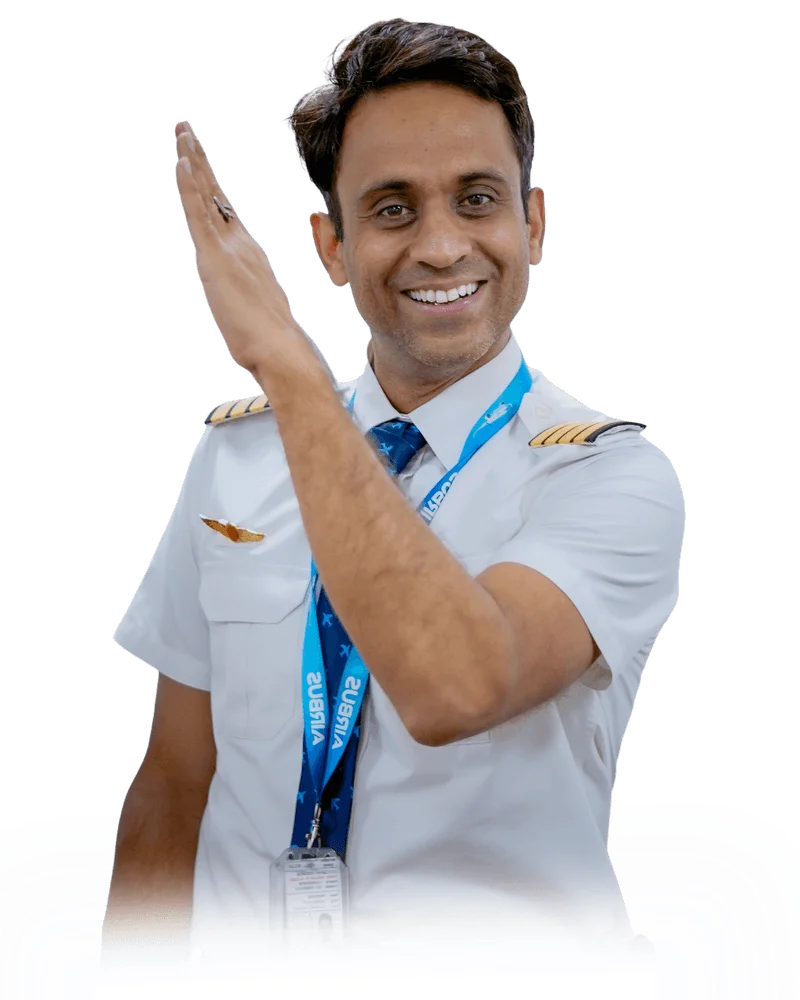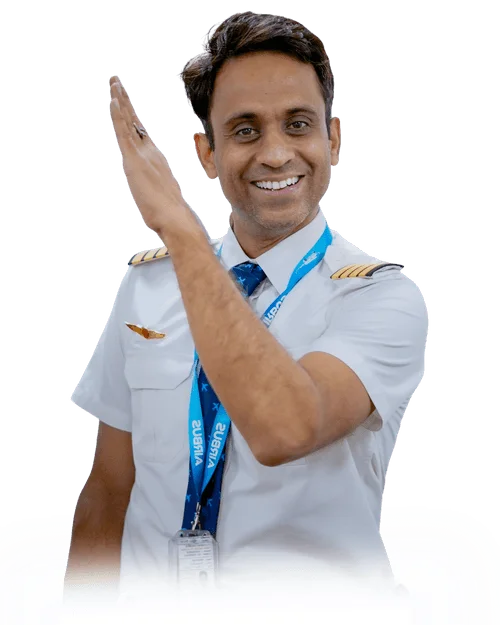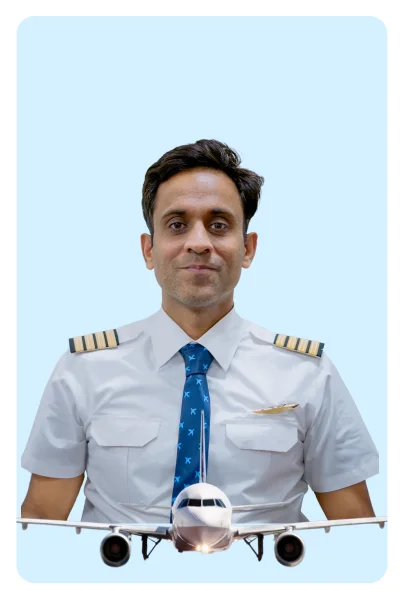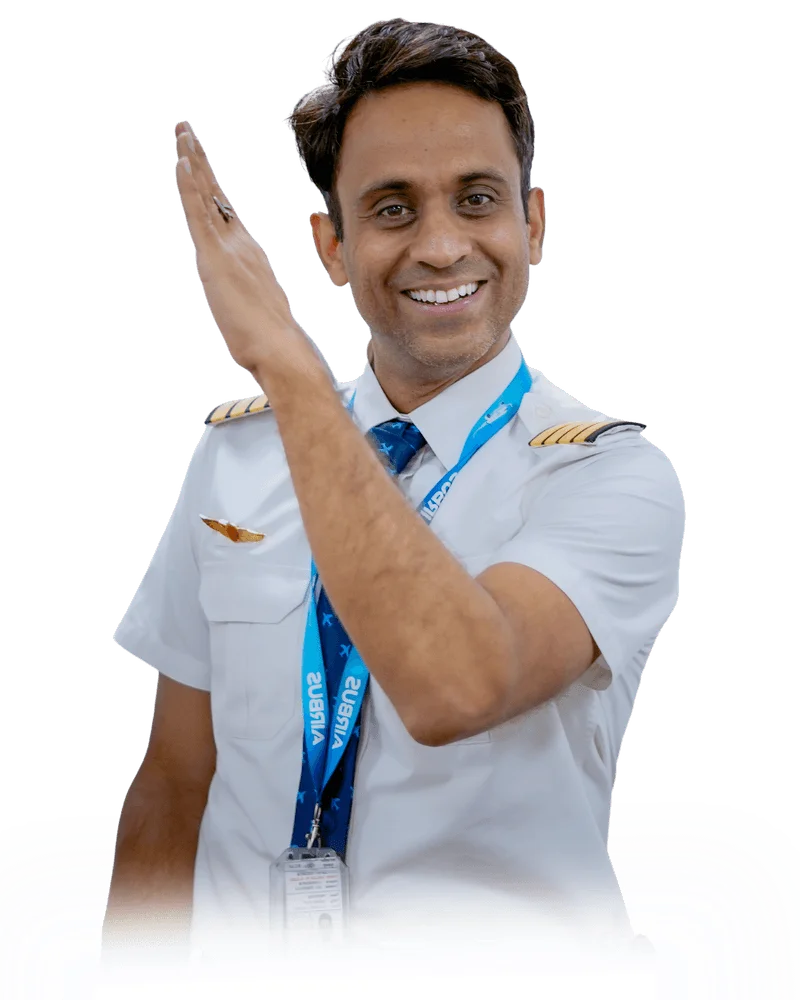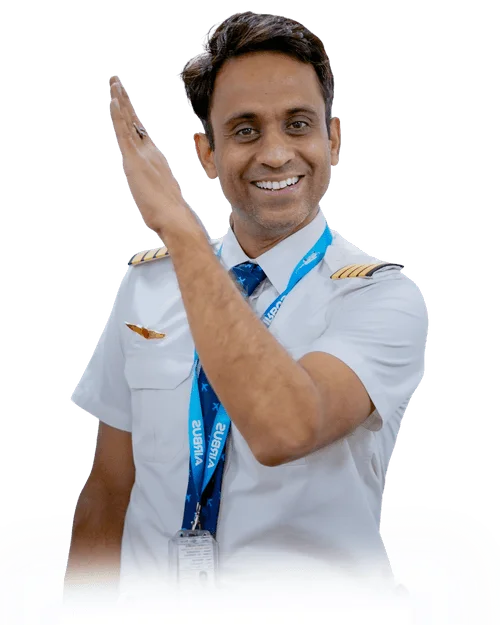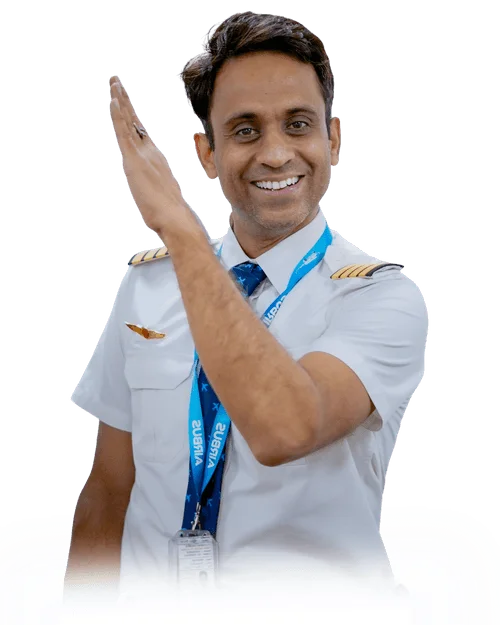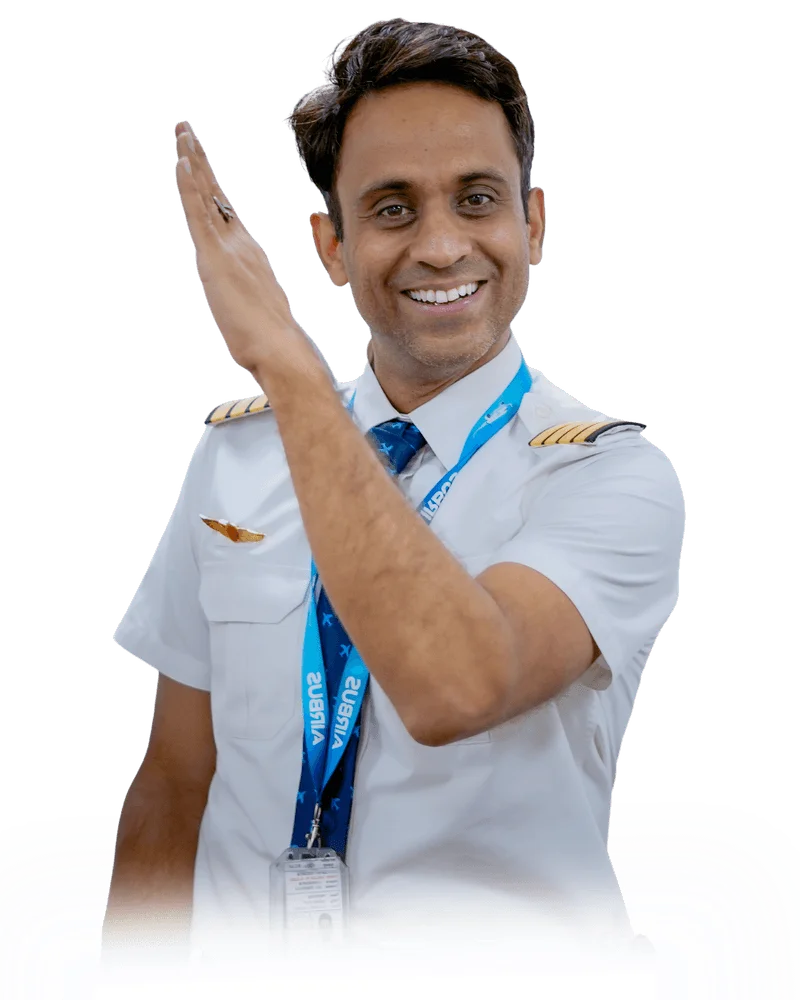A Pilot-to-Pilot Guide by Capt. Deval Soni
If you're reading this, chances are you've either started flying or you're dreaming of that first takeoff. And let me tell you this: once you're in the sky, life on the ground will never feel the same again.
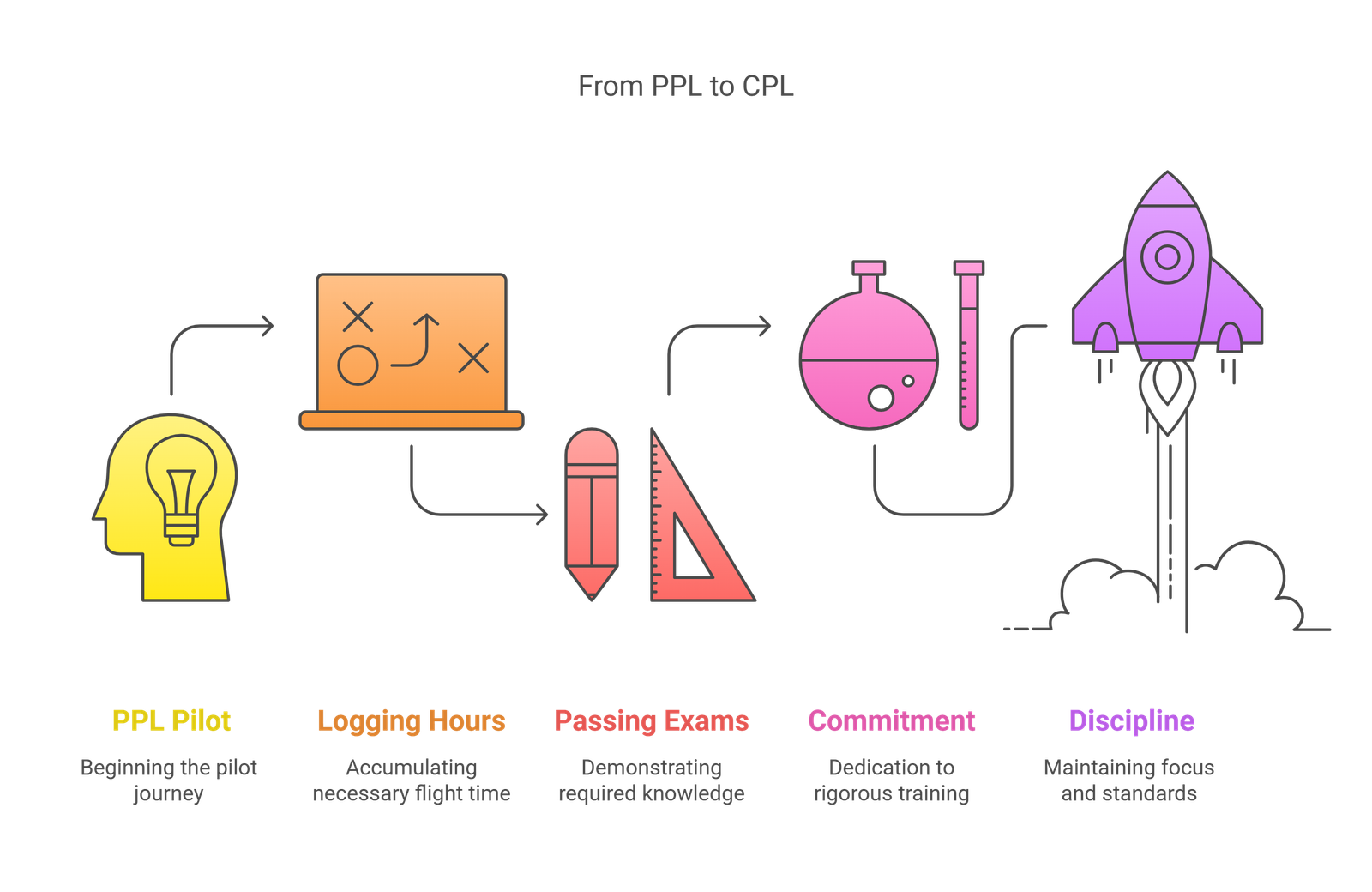
But the journey from PPL to CPL is not just about logging hours or passing exams — it's about commitment, discipline, and staying aligned with that fire in your heart that first made you say, “I want to become a pilot.”
Let’s walk through this journey — from one aviator to another.
1. Understanding the Difference Between PPL and CPL
Before anything else, let’s get this crystal clear.
A Private Pilot License (PPL) allows you to fly small aircraft for personal use — not for commercial gain.
A Commercial Pilot License (CPL) is your ticket to becoming a professional pilot — flying passengers, cargo, and building a flying career.
To upgrade from PPL to CPL, you’ll need:
Minimum 200 flight hours
Pass DGCA ground subjects
Clear DGCA theory exams
Complete simulator training and skill tests
Every hour, every paper, every sim counts — and it brings you closer to that seat in the cockpit.
2. Choosing the Right Pilot Training Institute in India
This decision will define the quality of your training — so don’t take it lightly.
Look for:
DGCA-Approved Institute – Your hours must count.
Modern Aircraft & Simulators – Because your skills deserve the best tools.
Experienced Instructors – Not just pilots, but mentors who can guide you with real-world wisdom.
Strong Ground School – A place that builds your foundation with subjects like Air Navigation, Meteorology, and Air Regulations.
The best flying schools in India — both government and private — invest in not just aircraft, but in you.
3. Building the Required 200 Flight Hours
You can’t shortcut this. These 200 hours aren’t just numbers — they are your story, written across the skies.
Solo Hours – You’ll learn what it means to truly command an aircraft.
Dual Instruction – Sharpen your skills with a professional guiding every move.
Instrument Flying – Prepare for flying in clouds, low visibility, and under pressure.
Most students do 40 hours for their PPL, then build the rest (160+) through structured solo and dual flights under DGCA norms.
4. Mastering DGCA Ground Classes
You may love flying, but theory is where you earn your stripes.
You’ll study:
Air Regulations
Air Navigation
Aviation Meteorology
Technical General
Aircraft & Engines (optional)
Principles of Flight & Human Performance (optional)
Look for:
Experienced faculty (Captains, Examiners, Mentors)
Mock exams, question banks, doubt-solving sessions
A community of learners that pushes you to grow
These classes will prepare you not just to pass exams, but to think like a professional pilot.
5. Getting Your Class 1 Medical Certificate
Before you get your CPL, you need to clear your Class 1 Medical.
This includes:
- Vision, hearing, ECG, blood work
- Mental and physical fitness checks
- Color perception and coordination tests
Only DGCA-approved medical examiners can issue this. Keep it valid, especially if you’re under 40 — it’s renewed every 6 months.
Your health is your aircraft’s engine. Never compromise on it.
6. Starting CPL Flight Training
Once ground school is behind you, it’s time to live in the skies.
100+ Dual Hours – Learn emergencies, IFR procedures, short field ops, go-arounds.
Solo Cross-Country – Push your limits with solo long routes.
Simulator Sessions – Simulated failures, IFR flying, CRM, and cockpit drills.
This is where confidence is built — flight by flight, day by day.
7. Clearing the DGCA Skill Test
This is the final test. But if you’ve done the work, it won’t feel like one.
Oral Exam – Covering DGCA subjects and flight planning.
Practical Test – A one-hour flight with a DGCA examiner, where you show precision, poise, and professionalism.
Prepare for it like a professional — mock checks, briefings, and honest self-assessment. This test earns you that golden CPL.
8. Managing Costs and Documentation
Flying isn’t cheap — but it’s worth every rupee.
Expect costs between ₹40-50 lakh. It varies based on aircraft type, simulator usage, and school reputation.
Documents you’ll need:
PPL License & Logbook
DGCA Exam Pass Slips
Medical Certificate
Enrollment documents & fee receipts
Plan your finances wisely. Explore education loans, financial aid, and scholarships if needed.
9. Life After CPL – What's Next?
You’ve made it. But this is just the beginning.
Airline Programs – IndiGo, Air India Express and others hire fresh CPL holders.
Charter and Cargo Ops – Fly smaller aircraft, gain experience.
Become a Simulator Instructor – Train others, stay current.
Add-on Ratings – Multi-Engine, IR, Instructor Rating – these enhance employability.
The cockpit is now yours. Where you go from here is up to you.
Final Words – From My Cockpit to Yours
This journey isn’t easy. But you’re not doing this because it’s easy — you’re doing it because flying calls out to you like nothing else does.
From your first solo to your final skill test, every moment shapes you. Don’t rush it. Don’t doubt yourself. Find the right guidance, the right academy, and the right mindset.
And if at any point you feel lost — remember this:
I’ve been where you are. I’ve faced the same fears. And I’ve helped thousands of aspiring pilots get through this exact journey. You are not alone.
Keep climbing. Your dream is waiting in the left seat.
Capt. Deval Soni
Mentor | A320 Commander | Co-Founder, Golden Epaulettes Aviation
#PPLtoCPL #PilotTrainingIndia #DGCAExams #CPLJourney #AviationMentor #FlyingSchoolIndia #CommercialPilotLicense #PilotDreams #GoldenEpaulettes #CaptDevalSoni

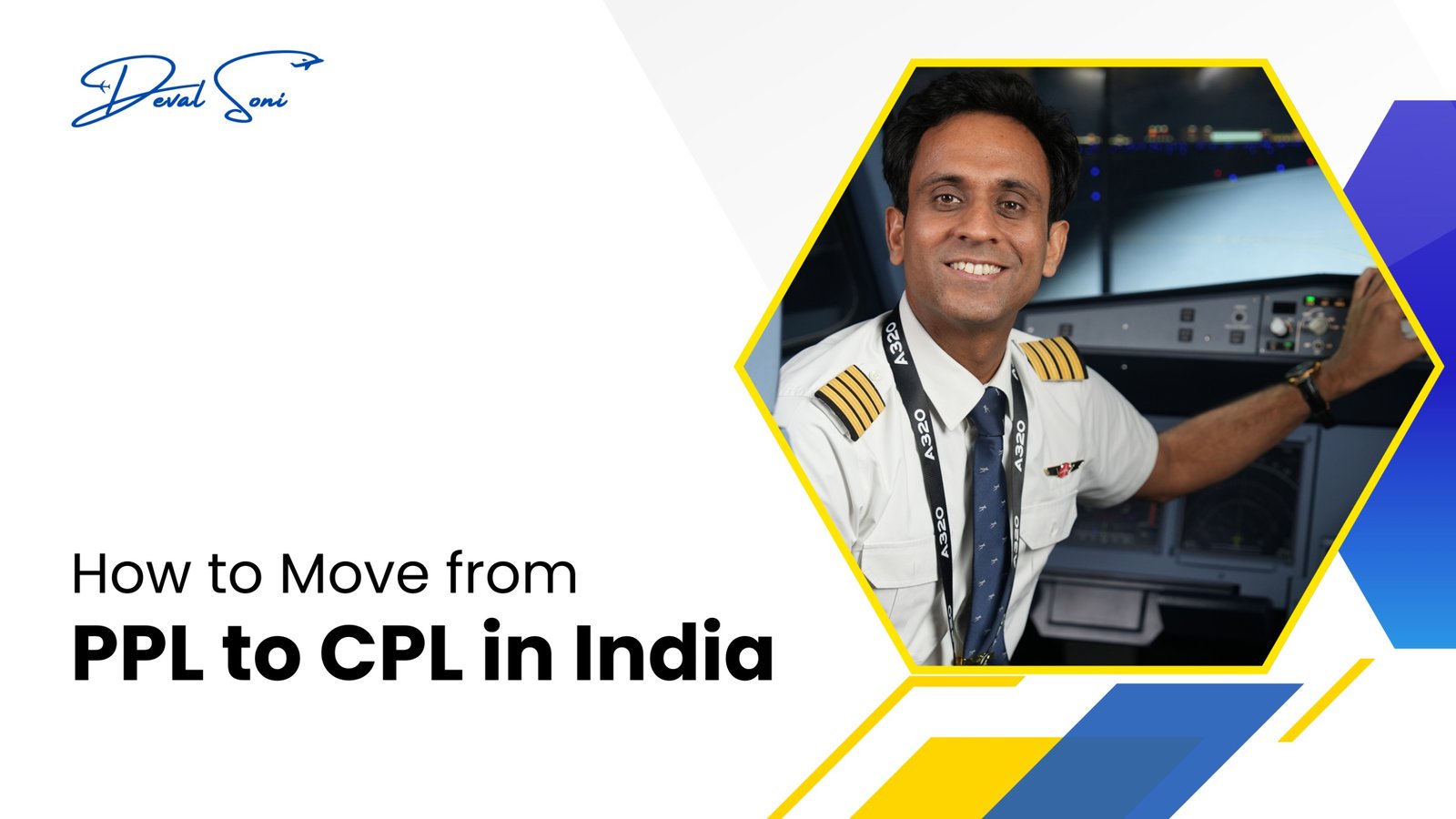
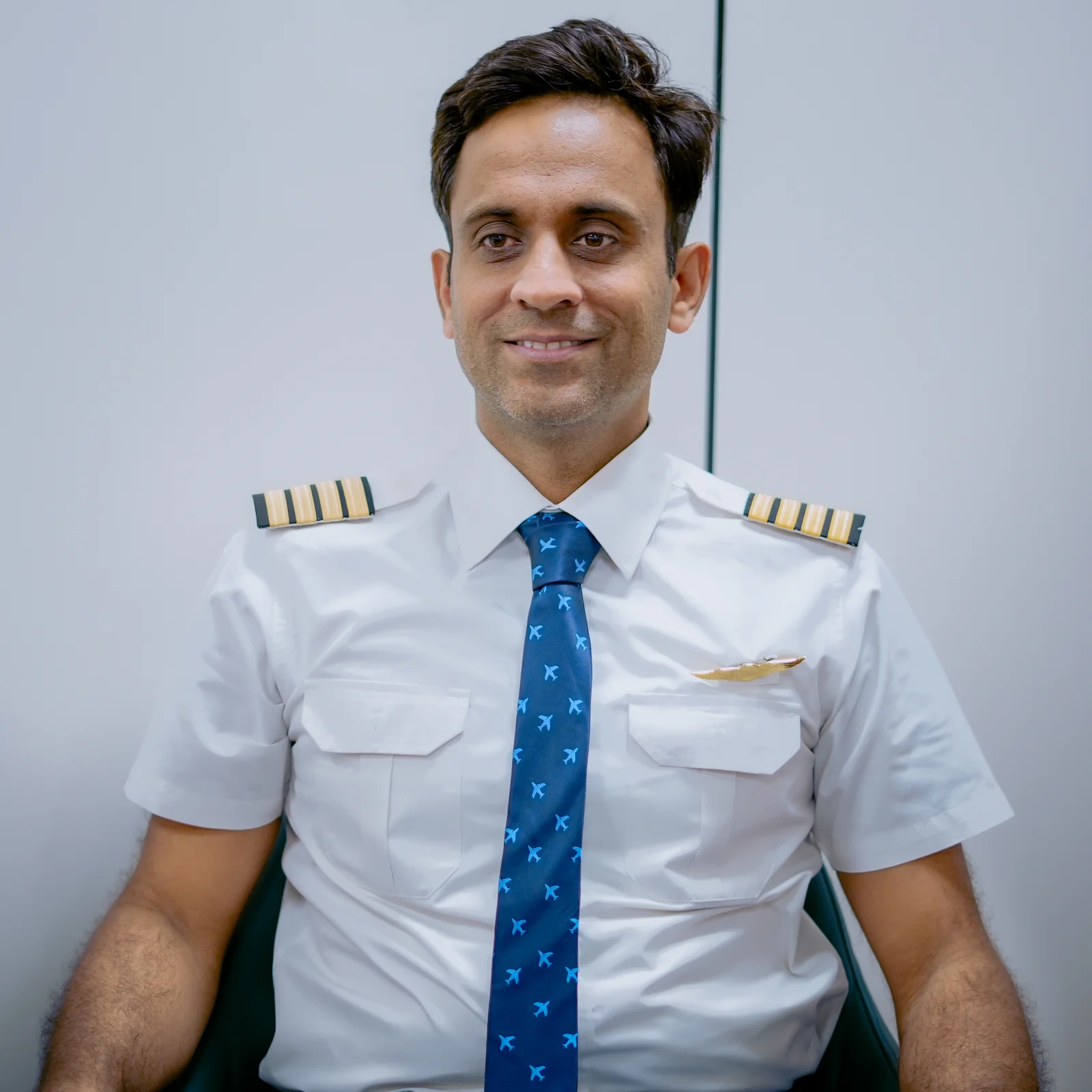

 (8).png)
 (12).png)
 (4).png)
 (4).png)
 (13).png)
 (6).png)
 (8).png)
 (2).png)
 (6).png)
 (5).png)


